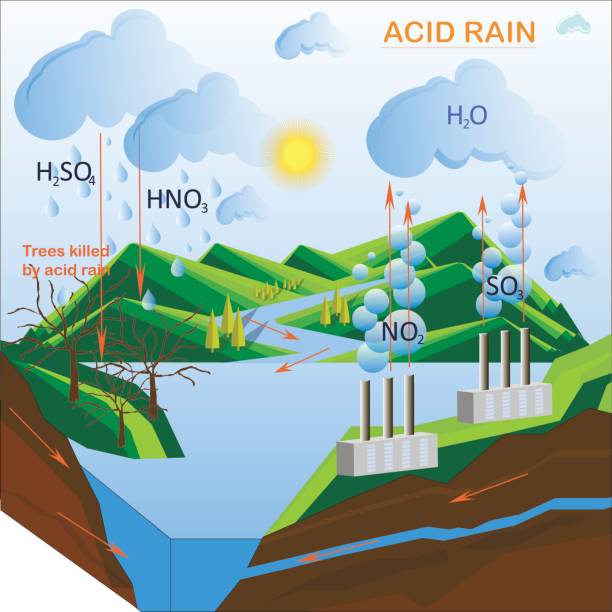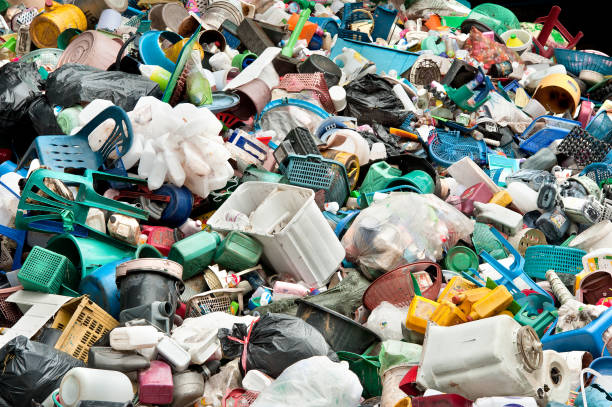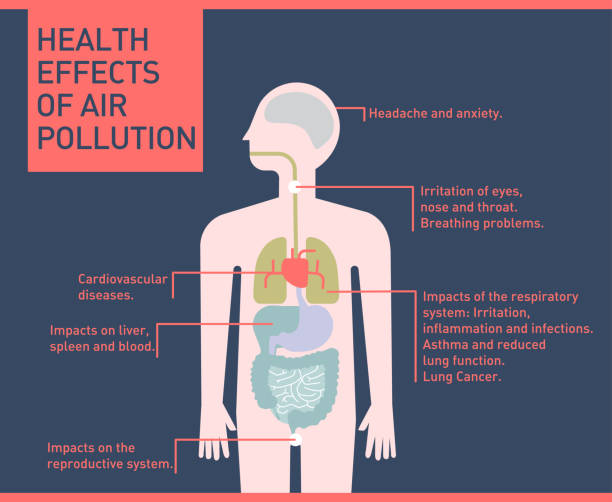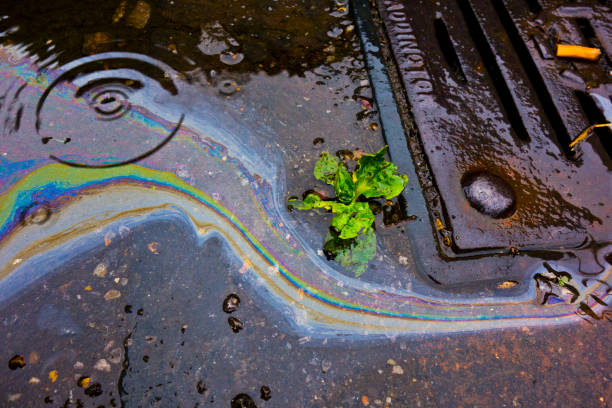Lipids…Classification of lipids
Lipids: Lipids are a diverse group of organic molecules characterized by their hydrophobic nature, insoluble in water but soluble in nonpolar solvents. They encompass fats, oils, waxes, phospholipids, and steroids. Lipids serve critical roles in biological systems, including energy storage, structural components of cell membranes, and signaling molecules. They consist of fatty acids, which vary … Read more









